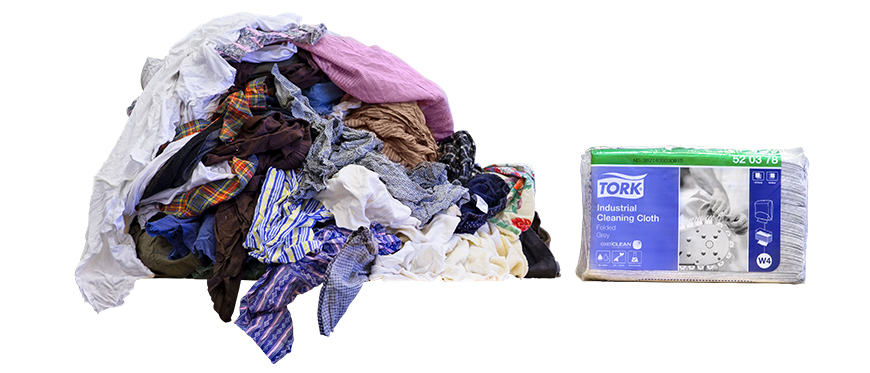Like many management philosophies, 5S often remains just that: a philosophy, an ideal never fully implemented on the shop floor, but given plenty of lip service from the boardroom to the bulletin boards. However, if companies just apply a little common sense, some uncommon supplies, and plenty of committed follow-through, 5S can translate into surprising success.
Step 1: Involve your employees
Some lean processes are so lean that they forget to “get the skinny” from the people who really matter – the workers who must implement the 5S model and turn it from well-intended theory into well-ingrained habits. So your first step is to involve your employees…at every step.
Make them your first stop for interviews and even “work-along-side” shadow days in any assessment or discovery phase used to size up your particular challenges on the shop floor. You’ll get a practical, unvarnished look at what’s working, what’s not and what your eventual 5S implementers are willing to do. And, perhaps most importantly, by involving employees in the process you’ll invest them in the outcome, ensuring better buy-in all along the way from the people who ultimately have to bring your 5S initiatives to life.
Step 2: Go the extra “missing mile”
In that first step, companies (at least the good ones) are usually willing to do enough homework, as above, to learn exactly where there’s room for improvement in their workspaces. Then they’ll shift to the planning work, using that learning to adapt 5S principles to their specific workplaces. Next they’ll announce the initiative via meetings, communications materials and training sessions, all in an effort to clearly communicate what is to be done, and how.
So far, so good. But that still doesn’t get a company all the way to 5S nirvana. No, all of the above are simply tools for putting 5S into your employees’ heads. But too many organizations fail to also put new tools into their hands, literally. The grand plans often overlook the small improvements in tools, equipment and materials that can, over time, make a huge difference in the daily work lives, and productivity, of your workforce.
 Consider the example of the lowly shop rag. If you’re exhorting your workers to embrace that third “S” of “Shine” in a whole new way, you’re not likely to get there using the same old rags. Just the time sorting through the rag bin for a usable rag is enough to ruin your productivity rates. And selecting a dirty rag, or one inappropriate for a particular task, will not only waste time but potentially require a job to be done over.
Consider the example of the lowly shop rag. If you’re exhorting your workers to embrace that third “S” of “Shine” in a whole new way, you’re not likely to get there using the same old rags. Just the time sorting through the rag bin for a usable rag is enough to ruin your productivity rates. And selecting a dirty rag, or one inappropriate for a particular task, will not only waste time but potentially require a job to be done over.
The solution? Modern cleaning wipers, designed for specific tasks, stored in easy-to-find-and-use dispensers. Going the disposable wiper route has been shown to let workers accomplish a job in up to 23% less time with up to 20% less effort expended, versus rentals or rags.
Better cleaning cloths are just one example. The real point is to make sure that you’re completing the final mile of your 5S journey and thinking beyond planning to practical improvements for implementation.
Step 3: Recognize and reward your employees (and your company)
To management, implementing a 5S program may seem a no-brainer, a must-have part of a continual improvement program. To your employees, however, it may simply seem like another round of endless corporate change. And as a Harvard Business Review article notes, “Many corporate change efforts are greeted with rolling eyes from employees.”
To prevent those eyes from rolling, while still keeping the productivity ball rolling, make sure you recognize and reward employees for their successful implementation of 5S. First, get creative with your personal recognition, in department meetings, company communications, even your PR efforts. Let them know their efforts are seen, and are making an impact.
And secondly, reward them. This may seem like Employee Motivation 101, but even small, thoughtful awards can make a difference. Gift cards. A day off. Or create a way to factor their 5S performance into annual reviews. The method, and extent, of reward is up to you and your company’s particular situation.
And don’t forget, your employees aren’t the only ones rewarded by a successful on-going 5S program. The combined benefits of greater efficiency, safety and worker satisfaction yield higher productivity, fewer missed days and better retention of your best workers.
So when you’re pursuing 5S, do it 4Real.
Sources:
Harvard Business Review
Tork
